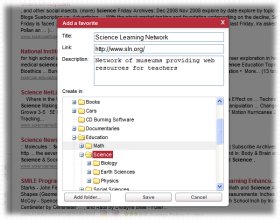|
Web
Education
Viewing 1-6 of 6 total results
landscape of face recognition (FR) since 2014, launched by the breakthroughs of Deepface method. Since then, deep FR technique, which leverages hierarchical architecture to stitch together pixels into invariant face representation, has dramat-ically improved the state-of-the-art performance and fostered successful real-world applications.
Build a Face Detection Model on a Video using Python
Step 2.3: Install face_recognition API; Finally, ... If everything works correctly, a new window will pop up with real-time face detection running. To summarize, this is what our above code did: ... 4 Proven Tricks to Improve your Deep Learning Model’s Performance . November 7, 2019 .
Multiple face detection and recognition in real time ...
Keep in mind: The face recognition algorithms based in PCA (Principal Component Analysis) do multiple comparisons and matches between a face detected and the trained images stored in binary database for this reason And for improve the accurate of recognition you should add several images of the same person in different angles, positions and ......
EMGU Multiple Face Recognition using PCA and Parallel ...
Using EMGU to perform Principle Component Analysis (PCA) multiple face recognition is achieved. Using .Net Parallel toolbox real time analysis and optimisation is introduced in a user friendly application. Face Recognition has always been a popular subject for image processing and this article ...
20 Simple Ways to Increase Motivation in the Workplace
The truth is, employee recognition doesn’t always have to be top-down in order to be motivating. When you empower everyone on your team or in your organization to give each other frequent, timely, visible, specific, inclusive, and values-oriented recognition, those sparks of motivation can come from anywhere.
Redesigning performance management | Deloitte Insights
However, today’s new practices look at performance curves and ratings based on richer data, using input from many sources, and in the context of a continuous discussion about things that happened all year—rather than delivering a simple end-of-year report that often loses sight of all the things that happen over that 12-month time period.
|
